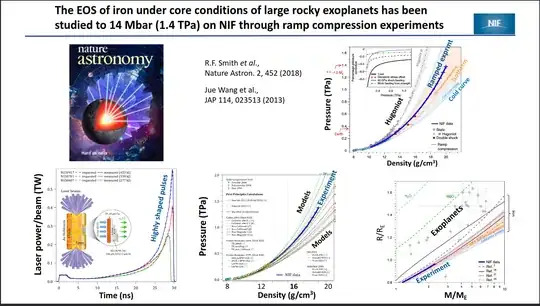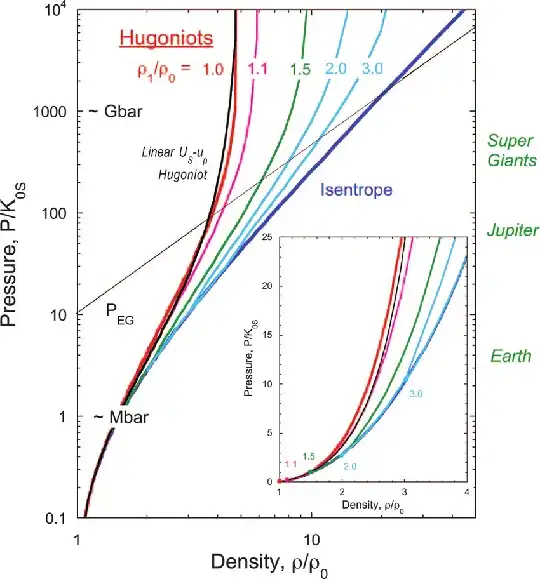The basic answer is "Perfectly achievable pressures, but not for very long (with lasers, it's even legal)"
Metal is perfectly happy to shrink if you squeeze it hard enough. This is in fact the way that fission based plutonium nuclear bombs are detonated: the plutonium pit is squeezed to around 1/3rd its original volume by carefully timed explosive charges. (How much does the radioactive core of a nuclear bomb shrink due to compression by conventional explosives before it goes critical?)
On a related note, if you do successfully build an explosive vice to shrink your steel cube, be aware that you will probably have grey suited visitors.
I did notice that you asked for 1/10th the original volume, not merely 1/3rd. For this, conventional explosives won't really suffice. The solution to this conundrum is of course, more nuclear science. A fusion type nuclear weapon squeezes its secondary core using x-ray radiation from an initial fission explosion. The W-80 nuclear weapon allegedly reaches pressures of 140 TPa, https://en.wikipedia.org/wiki/Thermonuclear_weapon#Radiation_pressure . If you steal a w-80 and swap in your cube for the lithium deuteride fuel and then set it off, it will be adequately squeezed.
Finally, you could use lasers! Here's the chart of squeezing iron with lasers, they get it up to ~2x its original density at 1 TPa, but pressure required to increase density is rapidly increasing.
 https://www.osti.gov/servlets/purl/1860794
However, this isn't nearly the peak pressure achievable at the National Ignition Facility. The top right graph only goes to 1 TPa because that's what's relevant for exoplanet studies. This experiment isn't even an implosion, they just hit one side of the sample with the laser/ Their fusion studies get to 100,000 times higher pressures and compress hydrogen to 100 times the density of lead, so they could very easily compress steel to ten times the density of steel https://en.wikipedia.org/wiki/National_Ignition_Facility. The disadvantage of this approach is that it could only compress a small portion of your cube, while the "steal a nuke" approach could probably squeeze the whole thing.
https://www.osti.gov/servlets/purl/1860794
However, this isn't nearly the peak pressure achievable at the National Ignition Facility. The top right graph only goes to 1 TPa because that's what's relevant for exoplanet studies. This experiment isn't even an implosion, they just hit one side of the sample with the laser/ Their fusion studies get to 100,000 times higher pressures and compress hydrogen to 100 times the density of lead, so they could very easily compress steel to ten times the density of steel https://en.wikipedia.org/wiki/National_Ignition_Facility. The disadvantage of this approach is that it could only compress a small portion of your cube, while the "steal a nuke" approach could probably squeeze the whole thing.

